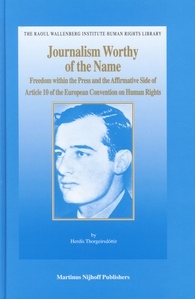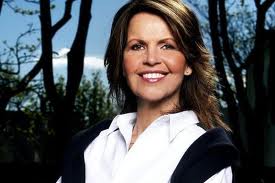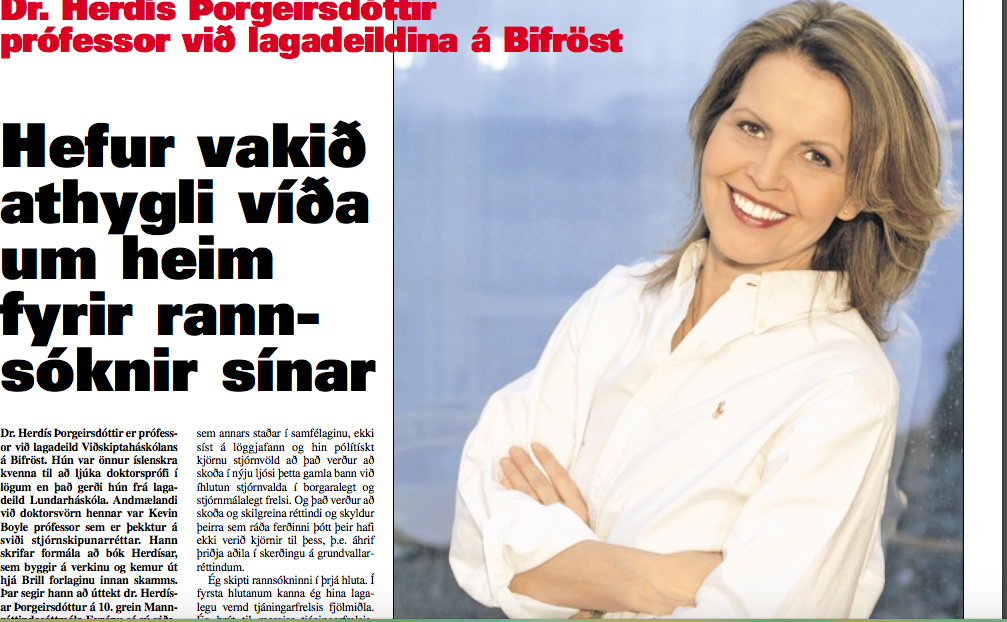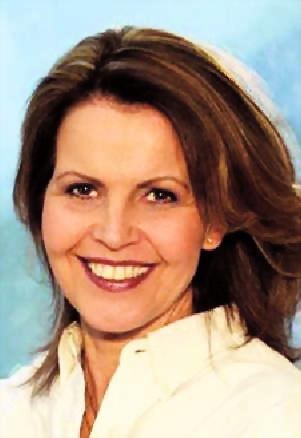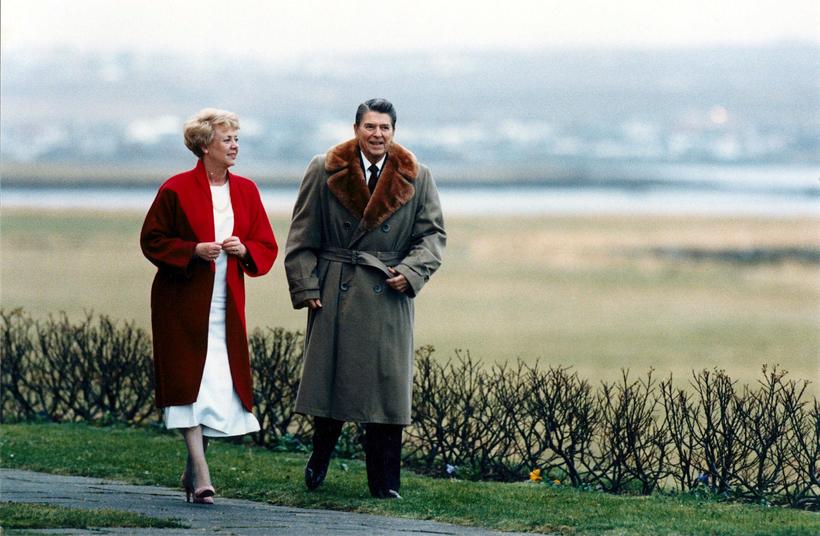
Fyrirlestur til heiðurs Vigdísi Finnbogadóttur
Professor Dr. Jur. Herdís Thorgeirsdóttir – Lecture for Vigdís Finnbogadóttir – Dialogue of Cultures – University of Iceland – 14 April 2005
Tolerance, Pluralism and Broadmindedness An unattainable goal?
Just two weeks ago a group of women lawyers got lost in the main building of the Council of Europe – in the endless corridors of the 64 000 square meters curved building, the so-called Palais de L’Europe – while looking for a coffee shop – – and symbolically when we managed to find the right track – a captivating blonde woman smiled from a framed photograph on the wall – placed above a Xerox machine – signifying energy and optimism. This was Vigdís Finnbogadóttir around the time she was elected president in the year of 1980 – a day which many never forget – and I felt as proud when I pointed out her photo as I did when I passed by her house with my younger sister the day after she was elected and she was taking out the garbage wearing her famous woolen suit. We greeted her – by waiving and saying congratulations. She smiled at us and said: congratulations to you too! She won the elections and it was a victory for women in Iceland and women around the world.
The election of this woman, the first woman to be elected head of state in democratic elections in the world was not the result of a tremendously positive and women-friendly media at the time – it is more likely that she rode on the wave of feminism, a call for equality, which reached its peak two years later with the Women’s list for parliamentary elections.
These events in the early nineties put Iceland on the map. Vigdis became a symbol of optimism for millions of women – to the outside world her election must have seemed to be the outgrowth of an extremely enlightened electorate – tolerant of new waves and broadminded enough to accept them.
As a matter of fact the time around the 1980s was also a period in Strasbourg where the European Court of Human Rights was handing down one of its most remarkable decisions with regard to the role of the media in a democratic society. This was a process of transformation from a formal, positivistic vision of the law to a substantive, natural vision of law. The Court was looking at the problem connoting a kind of morality in the concept of freedom of the press – envisioning the concept of press freedom in light of the right of the public in democratic society to a responsible media – this marked a departure from looking at the law as devoid of any connection to morality or abstract concepts like democracy. The rhetoric of press freedom became to mean more than simply the duty of the state not to interfere with journalism unless it crossed the boundaries of defamation – the Court had embarked the jurisprudence on a long journey to an uncertain destination – perhaps not even realizing the impact that its decision might and would have – the Court at this time gave hope to the role of journalism and the media in democracy like the election of Vigdis Finnbogadottir had given hope to women in many countries – that they too might succeed in politics in a male dominated world.
In the famous court case concerning press freedom that I am referring to here the European Court of Human Rights spelled out what journalism really meant, why freedom of expression is so important for the press and its journalists – and that the press, independent of whether printed press like newspapers or broadcasting, had duties to the community – and if the press would not fulfill that duty than demcratic society would not survive, let alone prosper and each individual as a significant, constitutent member of that society not only deserved respect from the press independent of ethnic origin, sex or social status but also had a right to be informed by the press – not only to be able to participate in elections and make informed decisions but also because the media moulds individuals perhaps more than any other institution in society.
Depending on the cases that came before it the Court in Strasbourg gradually elaborated on the concepts of tolerance, pluralism and broadmindedness in relation to the two variables surrounding press freedom: democratic society and individual dignity. So the Court in Strasbourg just like President Vigdis became a role model and a trend setter – often surpassing any of the domestic courts of the member states of the Council of Europe in its elaborate understanding of the role of the press – and its jurisprudence – its moral reading of the law of the human rights Convention forced the market oriented European Union to adopt its own human right agenda. Just like the European Convention was inspired by the Universal Declaration, the offspring of a world desperately wanting to create a better world in the wake of the horrors of World War II stating in its first article: ‘All human beings are born free and equal in dignity and rights’ – the economically oriented European Union has today offered its member states to ratify a Constitution which is nothing but the offspring of the evolution of the European Convention on Human Rights jurisprudence in the last three or four decades.
Many have doubts about whether the European Union Constitution will ever become a real legal tool as it must be ratified by every one of the 25 member state of the EU – the first two articles of that Constitution however seem like the final chapter of the well written chain novel, with drama, story line and a teleological outcome. All the same one may question whether all these words are more then empty rhetorical testimonials.
What do these concepts entail, to name for example the basic concept of human dignity which is protected in Article 1 of the German Constitution of 1949 but not mentioned in the Icelandic Constitution. Respect for human dignity is the very essence of the European Convention;1 hence the Court does not discard the context that the rights are exercised in. The individual dimension cannot be disengaged from the societal context. In its first freedom of expression case, the Court embraced the two strongest theoretical foundations for protecting freedom of expression as one of the ‘essential foundations of democratic society, one of the basic conditions for its progress and for the development of every man’.2
In the following years in – the cases that came before it – the Court gradually developed the context within which the press must operate in modern society. It emphasized the tolerance towards the dignity of others, the need for a pluralistic environment in the media landscape so that public discussion – the political duty of the press – would blossom – and eventually culminate in the broadminded society which was essential for the realization of human rights for all. The greatest menace to freedom is an inert people – said the famous American Supreme Court justice Louis Brandeis in 1927. Inert people are politically passive – and it is the role of the press to stimulate these people, even to shock and offend them – since nothing corrodes the spirit of the politically active citizen more than the political indifference of those who only seek to cultivate their gardens’.
It is hard for the press to fulfil the expectations of the Court’s case law. When the press shocks and offends the public or parts of it – it may be hit back by the heavy hand of the law. A Danish journalist brought his case to Strasbourg when charged for dissemination of racist statements in a prime time television programme (interviewing young racist men who said niggers are not human beings, they are animals – referring to sections of immigrants living in Copenhagen). The Court in Strasbourg concluded that a law under which a journalist may be heavily penalized has a chilling effect on journalism
But the Court was divided: many of the judges were seriously offended by the decision accusing the majority of the Court for not taking into consideration the vulnerability of the targeted group – these judges reasoned that the protection of racial minorities could not have less weight than the right of journalists to impart information. This was the first time that the Court had to choose between the right of journalists to portray a picture of immigrants in Copenhagen – poorer people, less educated and so forth and safeguarding the valuable freedom of the press to speak its mind. The dissenting judges were harsh in their criticism of the majority’s decision. They said that a large group of persons had been denied the quality of human beings” In earlier decisions the Court has – in our view, rightly – underlined the great importance of the freedom of the press and the media in general for a democratic society, but it has never had to consider a situation in which ‘the reputation or rights of others’ (art. 10-2) were endangered to such an extent as here.
These judges reasoned that the protection of racial minorities could not have less weight than the right to impart information.4 The majority of the Court wanted on the other hand to shelter journalism from the pitfall of self-censorship in its coverage of controversial issues. It probably made the right decision in this case by distinguishing between a presentation, which is shocking and offensive– and the chilling effect of punishing journalists. Sometimes a provocative presentation of that kind is the only way to stir the public to do something about the problem and may in the end do more for the cause than a journalist hostage to censorship.
However, there is another side to this problem like always and that is the silencing effect that discriminating journalism may have on individuals, groups and even the whole of society – it is not only journalists who may be intimidated by sanctions but also the people who suffer because of the often brutal portrayal or picture that the media draws up of the minority that they belong to. In feminist legal theory the situation of minorities, black people, poor people – and women although they do not constitute a minority in the numerical sense is partly blamed on a gender biased media – a press which is in fact practicing inequality’.5 From this viewpoint pornography is not a question of freedom of expression but a question of equality – the right to equal treatment. Portraying women as sex objects or merely a stereo-type portrayal of women may have wide ranging effects for whole generations of young girls just like the portrayal of black men as lazy, laid-back and non-assertive may have wide ranging effects on whole generations of young black boys . The press becomes an oppressive tool if it does not take these things into consideration.
I will end this brief talk which is really about the dialogue between the press and society with a question – like the several questions posed under the heading of this workshop. The feminist law professor Catherine Mckinnon asks whether is it a
4 In the view of the majority the essence of the decision was to prevent a chilling effect on journalism. It is hence doubtful to infer from this decision that the Court is in favour of complete press autonomy, although it eludes the impact of derogatory comments on the dignity of the minorities attacked. The Court was not emphasizing the principle of freedom of expression as a constitutive end but rather as an instrumental interpretation of Article 10.
I will end this brief talk which is really about the dialogue between the press and society with a question – like the several questions posed under the heading of this workshop. The feminist law professor Catherine Mckinnon asks whether is it a coincidence that so many black children go hungry to bed every night – and for the same reason it may be questioned why on earth in one of the richest societies namely Iceland – the children of 31 per cent of single mothers, according to official statistics, are living below the poverty line according to official statistics.6 Half the worlds’ children go to bed hungry. According to a news story on the BBC a few days ago quoting a UN report 17 000 children die every day from hunger-related diseases. A UN specialist on world hunger called the situation a scandal in a world that is richer than ever before. Calling attention to such scandals – is one of the tasks of the press. The BBC quoted the UN specialist saying that: “The silent daily massacre by hunger is a form of murder. It must be battled and eliminated.” This is why the press may not remain silent – independent of the political and business interests at stake – and there is no media company of relevance that does not have to take such interests into consideration.
Freedom of the press is the touchstone freedom of all other freedoms, including the right to life – ‘on close inspection it turns out that only in a society where there is critical media reflecting the whole spectrum of political opinions and ideologies – where there is constant vigilance and questioning of prevailing views, where the voice in the desert is heard – is dissent possible: not just possible but vital’.7 We are what we are through our relationship to others, said George Herbert Mead. Today that relationship takes place through the worlds’ media. And that is a deep cause for concern – and of course a challenge for those who have what US Supreme Court Justice Brandeis called the essence of liberty, that is courage! One of the men who wrote the European Convention on Human Rights, famous French legal scholar Pierre Henry Teitgen said back in 1949:
We must have the courage to recognize that freedom of money, of competition and of profit has sometimes threatened to destroy the freedom of men. In such a case I may recall the saying of Larcordaire, that it is freedom, which enslaves and law that liberates.8
2 Handyside v. the United Kingdom, supra note 91, § 49.
3 In earlier decisions the Court has – in our view, rightly – underlined the great importance of the freedom of the press and the media in general for a democratic society, but it has never had to consider a situation in which ‘the reputation or rights of others’ (art. 10-2) were endangered to such an extent as here.
4 In the view of the majority the essence of the decision was to prevent a chilling effect on journalism. It is hence doubtful to infer from this decision that the Court is in favour of complete press autonomy, although it eludes the impact of derogatory comments on the dignity of the minorities attacked. The Court was not emphasizing the principle of freedom of expression as a constitutive end but rather as an instrumental interpretation of Article 10.
5 MacKinnon, supra note, p. 107.
6 Single mothers in Iceland are around 12 thousand – single fathers a little under 900.
7 Bobbio, p. 60.
8 In August 1949 in a Motion to recommend to the Committee of Ministers, an organization within the Council of Europe to ensure the collective guarantee of human rights proposed by Mr. Teitgen, Sir David Maxwell-Fyfe and other representatives. The birth pains of the Convention were not easy. The first initiative had been taken by the unofficial European Movement. The International Juridical Section of the European Movement was set up under the chairmanship of M. Pierre-Henri Teitgen, with Sir David Maxwell-Fyfe and Professor Fernand Dehousse as joint rapporteurs. This body produced a draft European Convention on Human Rights and a draft Statute of the European


